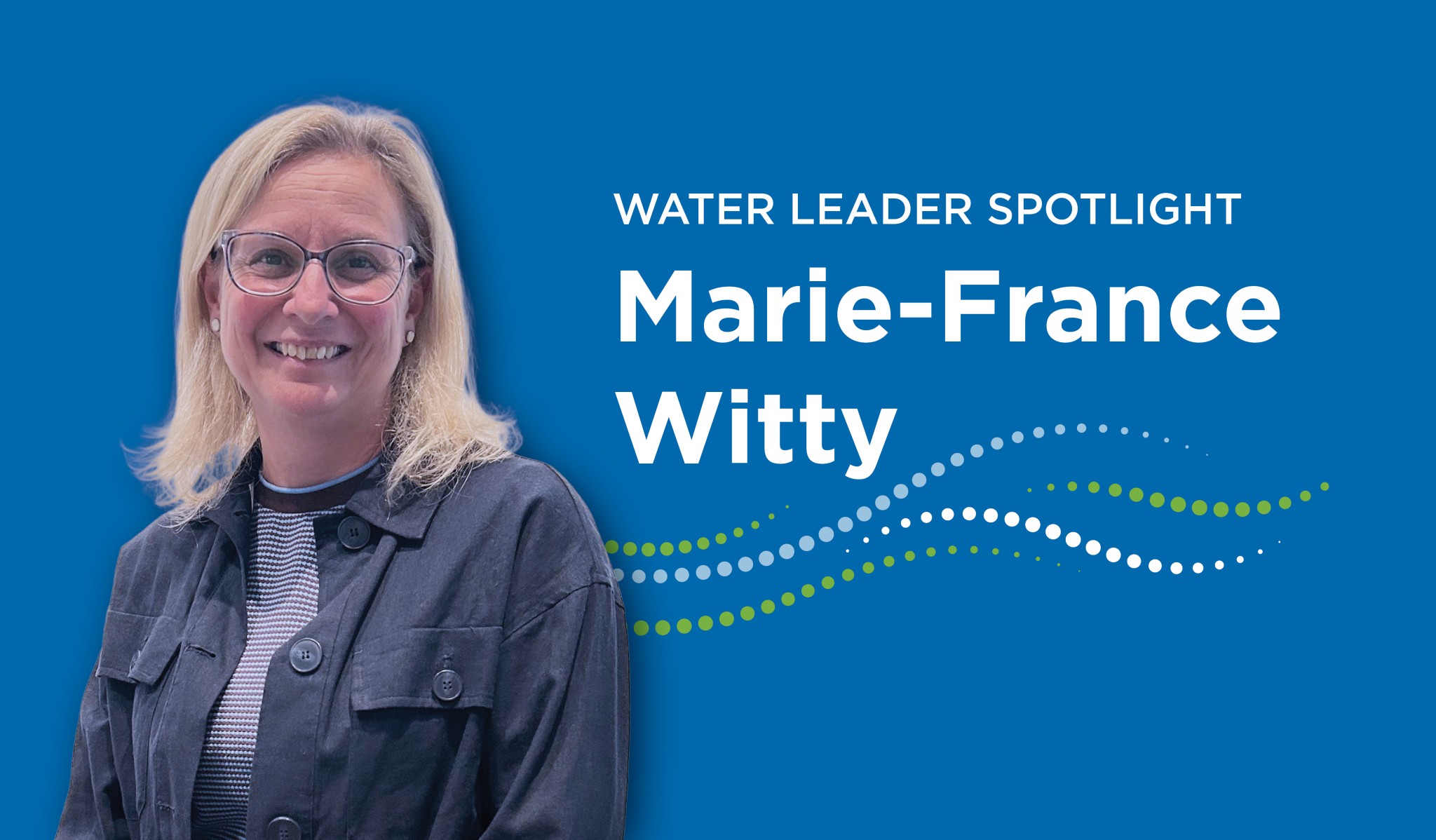Addressing PFAS – What to know about recent US regulatory action
June 26, 2024
CWN’s quarterly newsletter with the latest news, insights and thought leadership.

Per- and Polyfluoroalkyl Substances (PFAS) are human-made substances that persist in the environment and have been dubbed ‘forever chemicals.’ People can be exposed to PFAS through many routes, one of which is potentially drinking water. During wastewater treatment, PFAS can accumulate in the treated effluent from sources within the urban sewer collection system and discharged into the environment.
Currently, regulatory activities related to managing PFAS in Canadian municipal water management differ from those in the United States. In Canada, municipalities are not yet required to monitor their source waters or treat their drinking waters specifically for PFAS. However, Health Canada has released guidelines for the maximum concentration of Perfluorooctane sulfonate (PFOS) and Perfluorooctanoic acid (PFOA), which are the most common sub-varieties of PFAS (reference).
Additionally, the manufacture, use, sale and import of PFOS, PFOA and LC-PFCAs are prohibited, with some exceptions, in Canada under the Prohibition of Certain Toxic Substances Regulations, 2012. Environment and Climate Change Canada and Health Canada jointly published the DRAFT State of Per- and Polyfluoroalkyl Substances (PFAS) Report in 2023 to highlight guidance for future regulation of PFAS chemicals in Canada. The report broadly covers the hazards associated with PFAS and sources of PFAS contamination. It also advocates for further study into the impacts of different PFAS species.
Provincially, Alberta and British Colombia presently manage PFOA and PFOS in contaminated sites, with guidelines for remediating soils affected by these substances. Ontario and British Colombia have published reports on the threat of PFAS to drinking water, but no regulations have been implemented. At a municipal level, some waste management facilities across Canada have started sampling and testing for PFAS in landfill sites and leachate, which is commonly discharged to wastewater treatment facilities. Conventional wastewater treatment processes are not currently designed or regulated to reduce incoming PFAS, allowing the possibility for them to persist in treated effluents and/or biosolids.
The United States has moved ahead faster than Canada in regulating PFAS in drinking water, mainly because PFAS was found to be pervasive in sources of drinking water. In April 2024, the United States Environmental Protection Agency (US EPA) released a legally enforceable national drinking water standard to manage the levels of six PFAS chemicals in drinking water. The challenge, however, is that regulations in the United States are moving forward faster than technology to meet them. As a result, in 202, US EPA released Interim Guidance on the Destruction and Disposal of Perfluoroalkyl and Polyfluoroalkyl Substances and Materials Containing Perfluoroalkyl and Polyfluoroalkyl Substances. With the introduction of the enforceable PFAS standard, a second version of the 2020 guidance was recently released; it coincides with the standard and expands upon the latest research on PFAS destruction and disposal.
Guidance on destruction and disposal technologies is significant for the United States. The leading PFAS water treatment technologies, like activated carbon and reverse osmosis, create concentrated waste streams that need further management.
The properties that make PFAS valuable for various uses (e.g., oil and water repellency, flame resistance, etc.) also render them very resistant to breaking down under normal conditions. As emphasized in the US EPA report, more permanent destruction or disposal of PFAS in waste streams is necessary to remove PFAS from the local environment.
Mineralization — the breakdown of complex PFAS molecules with carbon-fluorine bonds into benign fluoride salts, hydrogen fluoride, and small hydrocarbons — is ideal but not always feasible. The technologies featured in the US EPA report are intended to be the endpoint for treating concentrated waste streams, including thermal treatment, landfilling and underground injection. Based on the best available research, the report outlines conditions necessary for adequate destruction or containment of PFAS for each option.
Canadian federal and provincial regulatory agencies are not as advanced as the US EPA in regulating PFAS in drinking water. However, Canadian regulatory agencies have the benefit of learning from the US as it determines how to meet the regulatory limits through PFAS destruction technologies that continue to be developed and refined. As it is an evolving field of knowledge and research, this is an area that Canadian municipalities and federal and provincial regulators are watching closely for ongoing developments.
Further reading and resources
Interim Guidance on the Destruction and Disposal of Perfluoroalkyl and Polyfluoroalkyl Substances and Materials Containing Perfluoroalkyl and Polyfluoroalkyl Substances. Published by the US EPA.
Global Water Research Coalition’s PFAS Webinar Series.
Thomas, T., Malek, A., Arokianathar, J., Haddad, E., & Matthew, J. (2023). Global Regulations Around PFAS: The Past, the Present and the Future. International Chemical Regulatory and Law Review, 6(1), 3–17.
Information sheet from the Government of Canada on Per- and polyfluoroalkyl substances (PFAS).












